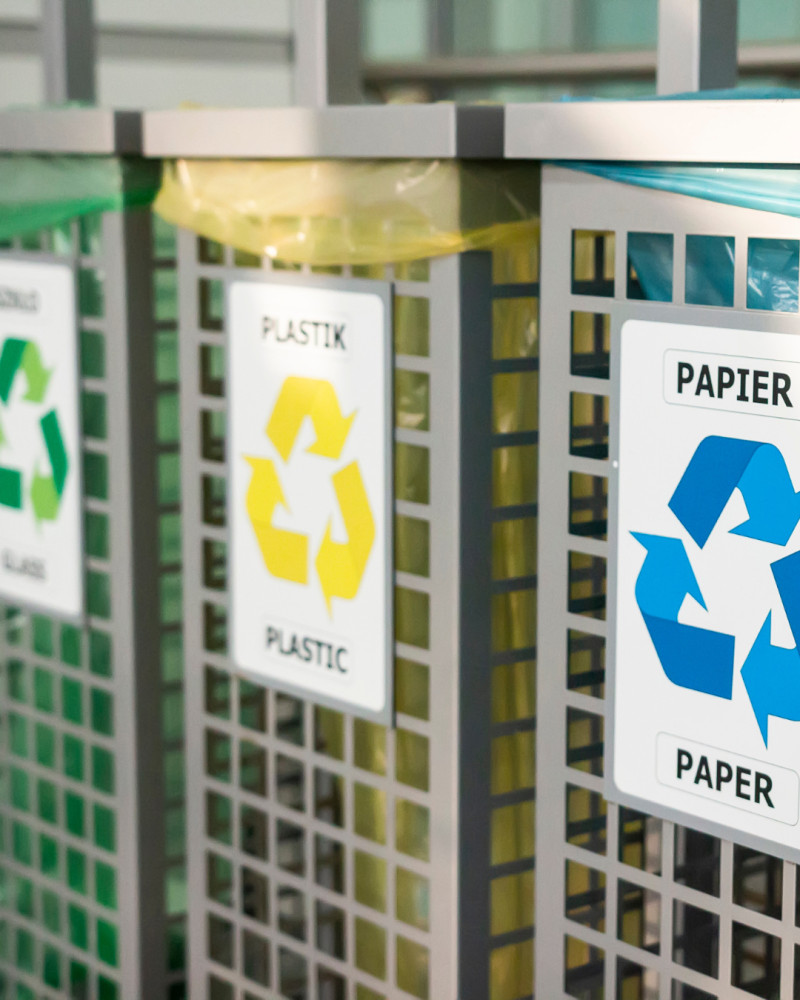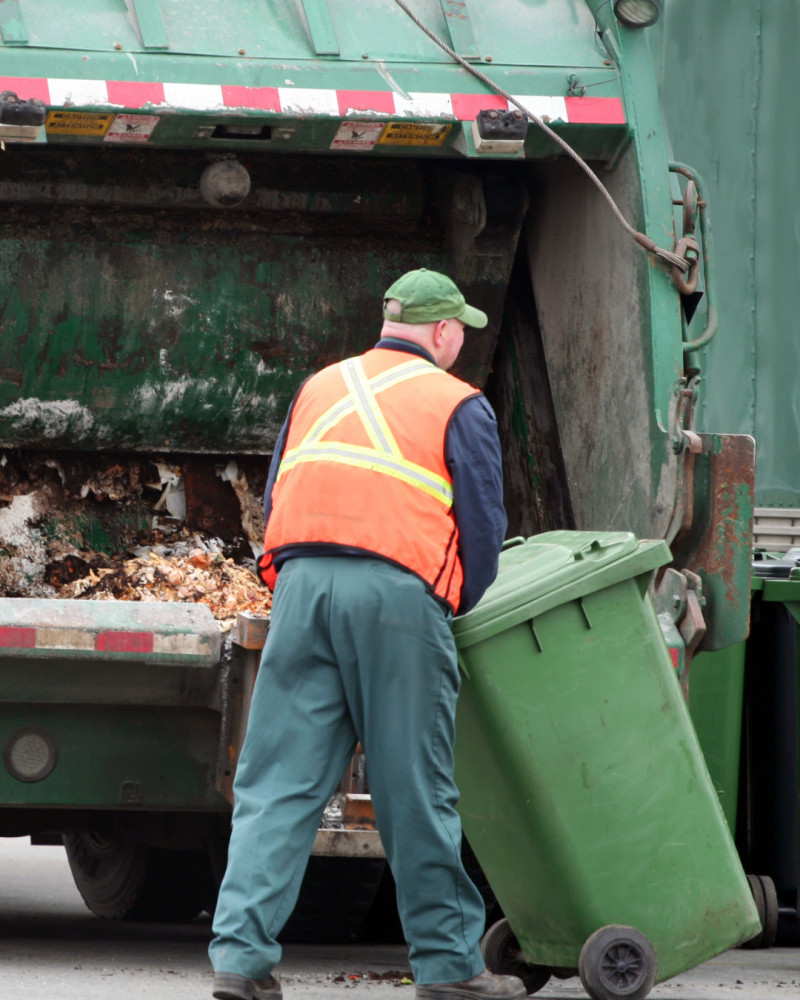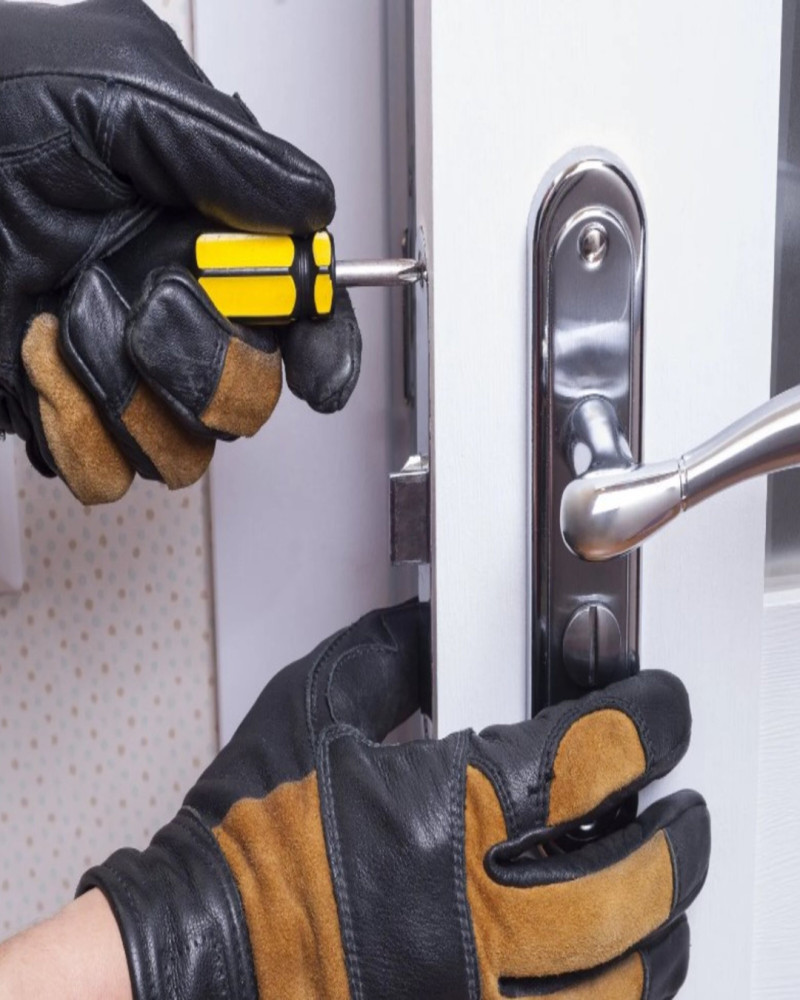🔺 What Is Hazardous Waste?
Hazardous waste includes materials that are:
Toxic (e.g., pesticides, batteries)
Flammable (e.g., solvents, fuels)
Corrosive (e.g., acids, cleaners)
Reactive (e.g., unstable chemicals)
✅ Safe Handling and Disposal Process
1. Identify the Hazardous Waste
Label and classify all hazardous materials.
Use Safety Data Sheets (SDS) to determine if a material is hazardous.
Look for regulatory classifications like EPA, OSHA, or DOT labels.
2. Store Waste Properly
Use approved containers that are:
Leak-proof
Corrosion-resistant
Clearly labeled with hazard signs
Store in well-ventilated, secure areas.
Segregate incompatible materials (e.g., acids and bases).
3. Use Personal Protective Equipment (PPE)
Always wear appropriate PPE:
Gloves
Goggles or face shields
Chemical-resistant clothing
Respirators if required
4. Label and Document Everything
Each container must be labeled with:
Contents
Date of accumulation
Hazard classification
Keep detailed records:
Waste manifests
Storage logs
Disposal certificates
5. Transport Safely
Use licensed hazardous waste transporters.
Ensure containers are sealed, labeled, and documented.
Follow DOT regulations for transporting hazardous materials.
6. Disposal via Certified Facilities
Never pour hazardous waste down drains, sewers, or into the environment.
Use EPA-certified hazardous waste disposal facilities or local government programs.
7. Emergency Preparedness
Keep spill kits and fire extinguishers nearby.
Train staff on:
Spill containment
Evacuation procedures
First aid for exposure
8. Regulatory Compliance
Follow national, regional, and local laws (e.g., RCRA in the U.S.).
Conduct regular audits.
File required reports (e.g., hazardous waste generator reports).
🧾 Common Sources of Hazardous Waste
Household: Paints, batteries, cleaners, pesticides
Industrial: Solvents, oils, heavy metals
Medical: Sharps, pharmaceuticals, infectious waste
Construction: Asbestos, treated wood, adhesives
🟢 Tips for Reducing Hazardous Waste
Switch to non-hazardous alternatives when possible.
Buy only what you need.
Reuse or recycle when possible (e.g., used oil, batteries).
If you’re disposing of hazardous waste at home, check your local hazardous waste collection program. For businesses, consult your local environmental agency or hire a certified waste disposal service.



